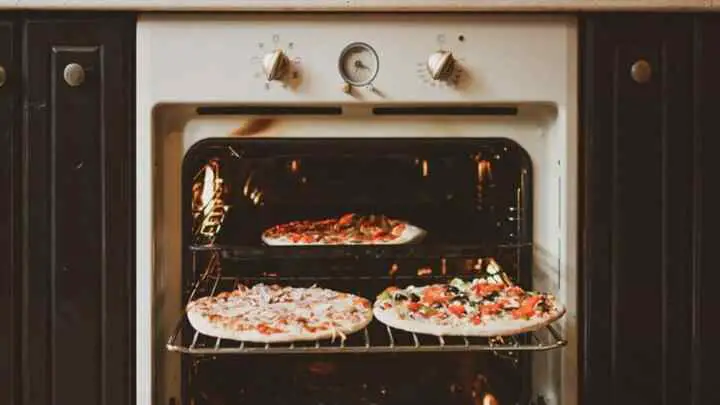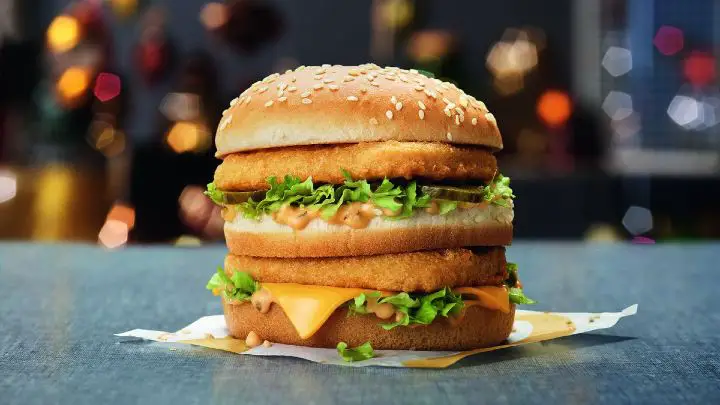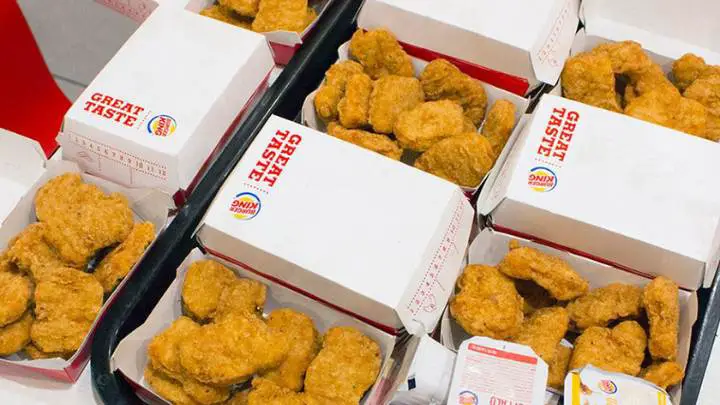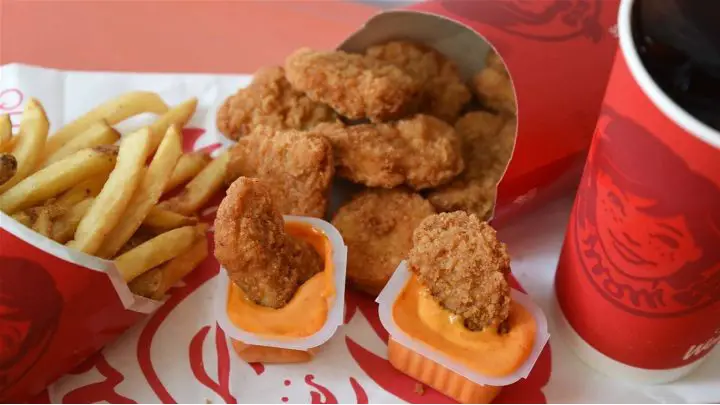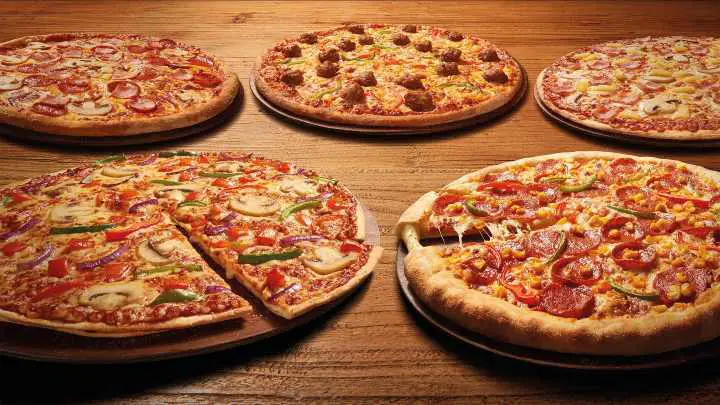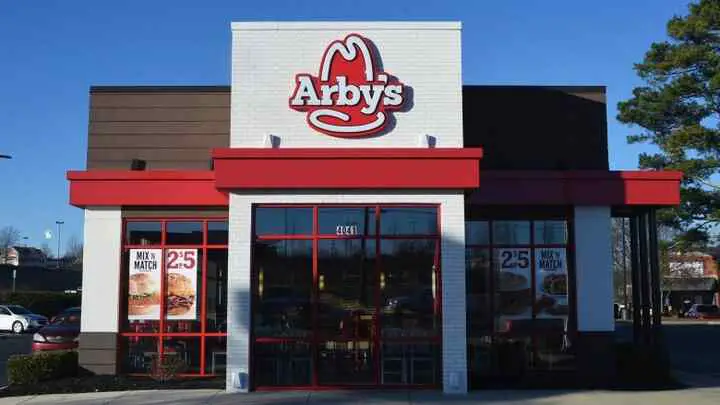Microwave and oven are two different types of household appliances that are used to cook food. While the traditional uses of these two devices have been quite similar, they have evolved tremendously over time.
The general features have remained the same but their functionality has become more advanced with each new generation. Both of them have their own working principles, but there is no replacement for a good description of the differences between them.
Let’s take a look at what microwaves and ovens are, how they differ, and how they can be used in the right context.
What is the Difference Between a Microwave and an Oven?
Microwaves and ovens are two of the most common appliances in our homes. They both come with lots of buttons, dials, and displays but in reality, they serve different purposes. Here we’ll look at how these two very similar devices function in their own unique ways under the following points:
- Definition
- Types
- Uses
- Features
- Energy Usage
Definition
What is a Microwave and How Does it Work?
Microwave is a type of household appliance that uses electromagnetic radiation to heat food. They are usually found in the kitchen, but they can be used in other rooms as well.
Microwaves are designed to send out electromagnetic waves that heat up whatever they strike. The food and the water molecules absorb the waves in them. The molecules absorb energy from microwave radiation, which causes them to vibrate at a faster rate than normal.
The vibration speeds cause a large number of small changes in the molecular structure of the water molecules, thereby increasing their surface area while reducing their volume. This causes friction between them, which heats up the food and water molecules even more.
SEE: How You Can Microwave Milk Correctly
What is an Oven and How Does it Work?
An oven is a device used to heat up and cook food. It is a mechanical heating system that uses convection, radiation, or conduction to heat the air surrounding the food, which then heats the food itself. The heat source is usually a radiant heating element, but can also be a hot surface, infrared radiation, or microwave ovens.
Ovens come in many sizes and shapes; they may be built into the wall of a kitchen or garage or placed in an open area like the backyard. Some are designed for baking only while others can be used for cooking and warming as well. There are also electric models that heat up quickly, but they have limited space due to their small size.
Ovens may be simple in design without many controls or more complex with multiple levels of controls and settings for different types of cooking and different sizes of food items. A typical oven may have one or more heating elements depending on its design and intended purpose.
SEE: What is Fan Assisted Oven – A Comprehensive Guide
Types
What are the Types of Microwaves Available?
- Smart microwaves
- Built-in microwaves
- Low profile microwaves
- Countertop microwaves
- Over-the-range microwaves
- Under-counter microwaves
- Convection microwave ovens
SEE: Can You Put Aluminum Foil in the Microwave
What are the Types of Oven Available?
- Toaster oven
- Microwave ovens
- Conventional gas ovens
- Conventional electric ovens
- Convection (Fan and Fan-assisted ovens)
Uses
What are the Uses of Microwaves?
Microwaves are commonly used for heating food due to their short wavelength compared to longer wavelengths such as infrared heat or visible light-emitting diode light sources used for cooking purposes.
Because microwaves have shorter wavelengths than visible light sources such as incandescent bulbs, they penetrate materials more deeply than visible light does. The result is that microwaves can heat food without significantly damaging its flavor or nutritional value.
SEE: Can You Microwave Paper Plates – Kitchen Guide for Safety
Some of the things you can use a microwave for include;
- Defrost food
- Melt chocolate
- Quickly reheats food
- Cook smaller portions
- Use it as a slow cooker
- Heat your coffee or tea using a mug
- Heat up cold water in an instant
- Heat liquids, such as soups and sauces
- To make hot dogs, nachos, and popcorn
- Boost cooking speed, such as when steaming vegetables
What are the Uses of Ovens?
When it comes to household appliances, the oven is an essential part of almost every household across this country. Because of its usefulness, you will likely want to make sure that you take the time to shop around and find the right oven that meets your needs.
The functions of an oven are multi-purpose and serve many different cooking needs. While an oven can do all that a microwave is used for, some of the uses of an oven include;
- Roast, boil, or bake food
- Quickly cook food
- Keep food warm
- Used in pottery
- For grilling
- Broiling
- Deep frying chicken
- No-fuss cooking
- Making healthy meals without a lot of oil
SEE: Best Grill Temperatures to Make the Best Steaks
Features
What are the Features of a Microwave?
- They are easy to clean
- It uses radiation to heat food
- It uses less electricity than an oven
- Easily accommodate different sizes of dishes
- Works over all types of cooktops, including induction
- Cooks or heats food evenly throughout
- The look of countertop microwaves changes, but the basic function remains the same
- More powerful microwaves can cook more quickly and heat more food at one time
- Some models have add-on modules that can increase cooking capacity
SEE: How to Reheat Fried Rice Perfectly
What are the Features of an Oven?
- Big capacity
- Large cooking area
- Convenient handles
- Specialized racks for different food types
- Auto seal and reopen system for a variety of foods
- Capable of cooking, roasting, or heating different kind of dishes
- Heat is uniformly distributed in the oven which offers even cooking
Microwave or oven, which one uses more energy?
Microwave use a lot less energy than ovens, by using the microwave radiation to heat food instead of using the stovetop or even an electric burner. The microwave radiation is absorbed by water molecules and re-emitted as heat.
This process is called dielectric heating, and it happens because water molecules have different polarities (positive and negative charges). Water molecules absorb radio waves at right angles to their orientation, but when they re-emit them later, their polarity changes.
Ovens on the other hand use convection heating from hot air currents to cook foods. The hot air currents move around the oven cavity (with the help of the fan) and cause even cooking temperatures in the oven cavity depending on how much hot air is flowing through that area. This makes it easy to cook evenly.
SEE: Can You Microwave Food in Cardboard Containers – Find Out Here
Similarities Between Microwave and Oven?
Microwaves and ovens are both used to cook food. Microwaves simply work by generating electromagnetic waves with a frequency that is not absorbed by the food being cooked but instead passes through it unimpeded, heating it from the inside out. Conversely, an oven uses radiation from a hot gas to heat food from the outside in.
Microwaves are used in cooking, but they are not the same as a conventional oven. Both can cook food, however, the microwave cooks food with heat generated by electromagnetic radiation, while conventional ovens use hot air.
The two appliances are used in today’s modern world because they are convenient and easy to use. Microwaves and convection ovens can be used in a kitchen setting or anywhere else you want to cook, roast, bake, or reheat your food.
SEE: How Do You Know When A Gas Oven Is Pre-Heated?
FAQs
Can an oven be used as a microwave?
Yes, an oven can do all that a microwave is used for.
What is better than a microwave oven?
Toaster ovens are better than microwave ovens because they’re versatile and have multipurpose cooking abilities. While their heating system is the same as that of a microwave oven, they take less space and are more efficient.
What is the difference between convection and inverter microwave ovens?
The simple difference is that inverter microwaves use an energy-efficient power supply with the exact level of heat your food need while convection microwave ovens use built-in fans to surround your food with hot air.
Conclusion: Which is Better, Microwave or Oven?
By heating food quickly, microwaves cut down the time you spend preparing meals. If a microwave is not within your price range or you do not have room for one in your home, though, it may be wise to move on to another type of oven.
Though microwaves cook chips, roast meats, and thaw frozen foods better than conventional ovens, they do not cook food as taste as conventional ovens.
The main difference between microwave and conventional ovens is that the first does not require any fire source or other fuel source for its operation; instead, it uses electricity as its primary energy source.
The traditional ovens usually require fire to provide energy for cooking as well as provide warmth to the food being cooked inside them; these traditional ovens require an external source of heat in order for them to function properly.
I hope you found this article helpful. If so, are you into cake baking? Check out these best airbrushes to use for your baking. Or perhaps if you’re looking to furnish or equip your kitchen, here are the best kitchen furniture brands you can buy.
Thank you for reading.
